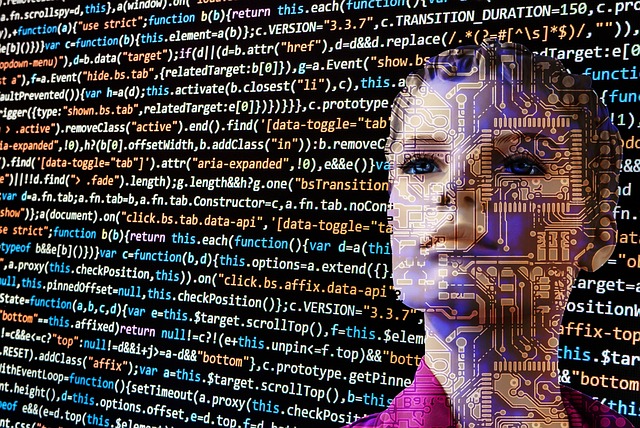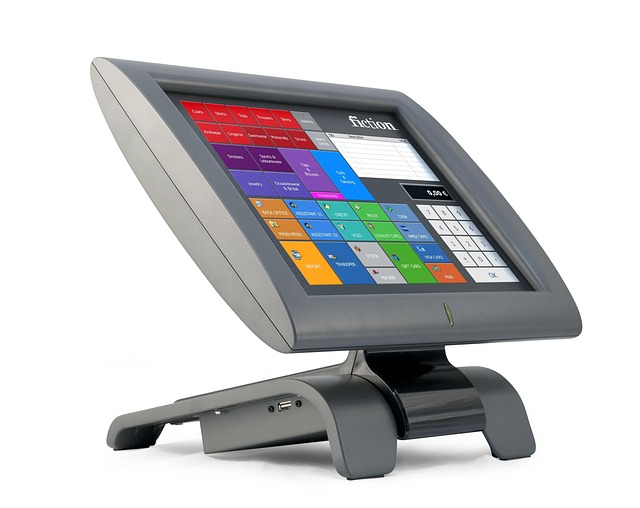As we transition into the future of business interactions, the concept of robot communication is fast becoming a cornerstone of effective engagement in the workplace. The melding of robotics, artificial intelligence (AI), and automation is producing a revolutionary change in how we communicate—both internally within organizations and externally with clients. The power of technology is reshaping our professional landscapes, creating opportunities that were once confined to the realm of science fiction.
Robotics is no longer just about machines performing repetitive tasks. With advancements in AI, we are witnessing the emergence of robots that can understand, interpret, and respond to human emotions and queries. This enhanced communication capability is vital in fostering relationships that drive business forward. Imagine a future where a customer service robot, equipped with AI algorithms, recognizes frustration in a user’s voice and adjusts its responses accordingly to provide assistance. This kind of empathetic engagement not only creates a more personalized experience but enhances customer satisfaction, leading to loyalty and long-term partnerships.
Moreover, the integration of automation in business processes streamlines workflow by enabling robots to handle mundane tasks. With intelligent robots communicating seamlessly with their human counterparts, teams can focus on strategic planning and creative problem-solving rather than getting bogged down in the minutiae of daily operations. This creates a synergistic environment where both human insight and robotic efficiency can flourish. The future of work lies in collaborative interactions between humans and machines, where each entity brings its strengths to the table.
In sectors like manufacturing, retail, and healthcare, the use of robot communication is already demonstrating its transformational potential. In manufacturing, automated robots not only ensure speed and precision but also interact with workers to analyze performance metrics and suggest improvements. In retail, virtual assistants are becoming invaluable in guiding customers through their shopping experience, making product recommendations based on individual preferences derived from previous interactions. In healthcare, robotic systems that communicate directly with patients are providing telehealth services, reminders for medication, and collecting vital health data, making healthcare more accessible than ever before.
The rise of robot communication opens up exciting new avenues for innovation and efficiency. Businesses that adapt to this change will find themselves at the forefront of their industries, capable of agile responses to market demands and enhanced collaboration among workforce members. Additionally, companies will need to invest in training programs to prepare employees for this shift, ensuring that they can work alongside robots and utilize their capabilities to the fullest.
As we contemplate the future, the implications of robot communication extend far beyond operational effectiveness. They point towards a new era of work where technology enhances our humanity rather than diminishes it. Embracing these advancements will not only redefine business interactions but also contribute to a more connected and efficient global economy.



